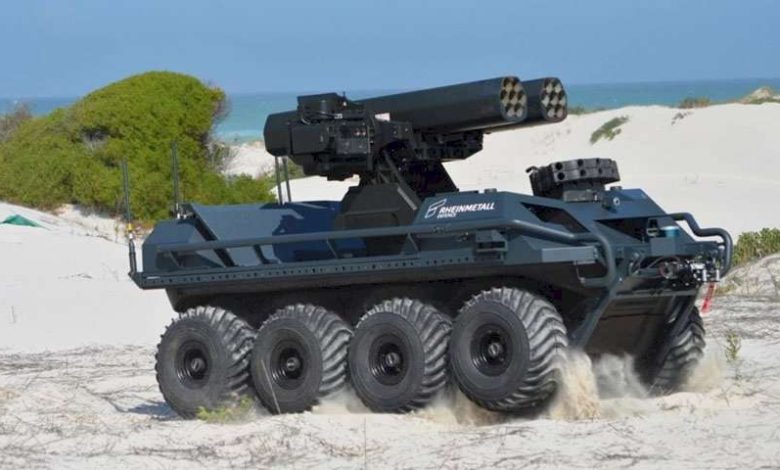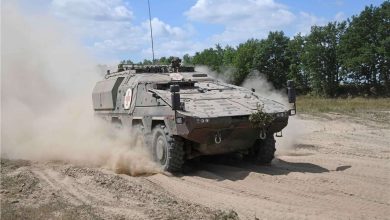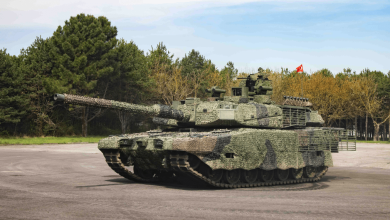
Pioneering Simulation Innovations for Autonomous Off-Road Vehicles: A DARPA Initiative
DARPA’s Robotic Autonomy in Challenging Environments with Resilience – Simulation (RACER-Sim) initiative is pursuing advancements in technologies that connect simulation to reality and drastically lower the expenses associated with off-road autonomy advancements.
DARPA is calling for proposals that demonstrate innovative solutions aligned with these objectives. While the past ten years have witnessed a rise in simulation utilization for field robotics development, the military off-road setting remains particularly difficult and intricate.
Dr. Stuart Young, RACER program director, elucidated, “Due to the ineffective resolution of these challenges, the practical application of contemporary virtual models to enhance off-road field robotics capabilities is constrained and currently lacks an evident simulation-to-reality functionality.”
Computers must accurately replicate three-dimensional terrains, flexible soils and plant life, along with numerous obstacle classifications. Furthermore, software must accommodate lower fidelity or restricted mapping information, distinctive platform-surface interactions, ongoing motion planning, and the absence of defined roadways or driving regulations.
“The significant disparity between current software models and the complexities involved in their execution discourages developers and hinders them from maximizing the full potential of simulation,” Dr. Young commented.
Moreover, simulating high-speed off-road performance of sensors/modalities, sensor-to-terrain correspondences, autonomous platforms, and control systems remains a challenge in software and processing.
Over a span of four years, RACER-Sim will explore technologies relevant to the off-road environment, focusing on algorithm development, simulation element innovations, and simulator content production.






